
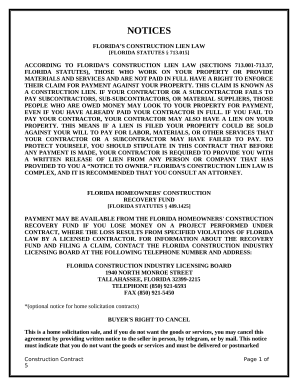
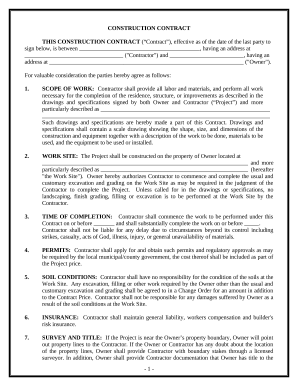

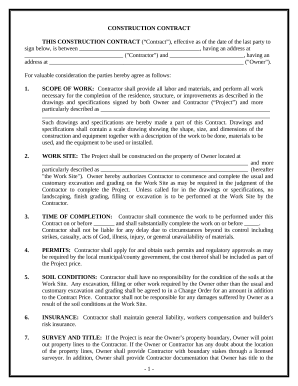
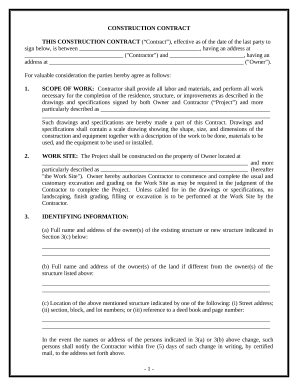
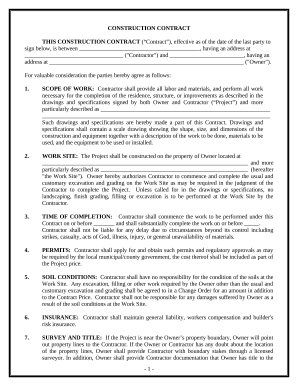
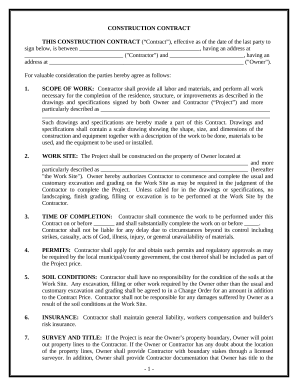
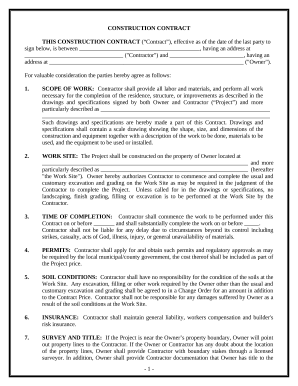
Accelerate your file operations with our Cost Plus or Fixed Fee Contracts collection with ready-made document templates that meet your requirements. Get your document, change it, complete it, and share it with your contributors without breaking a sweat. Begin working more efficiently with your documents.
The best way to manage our Cost Plus or Fixed Fee Contracts:
Discover all of the possibilities for your online document administration using our Cost Plus or Fixed Fee Contracts. Get your totally free DocHub profile today!